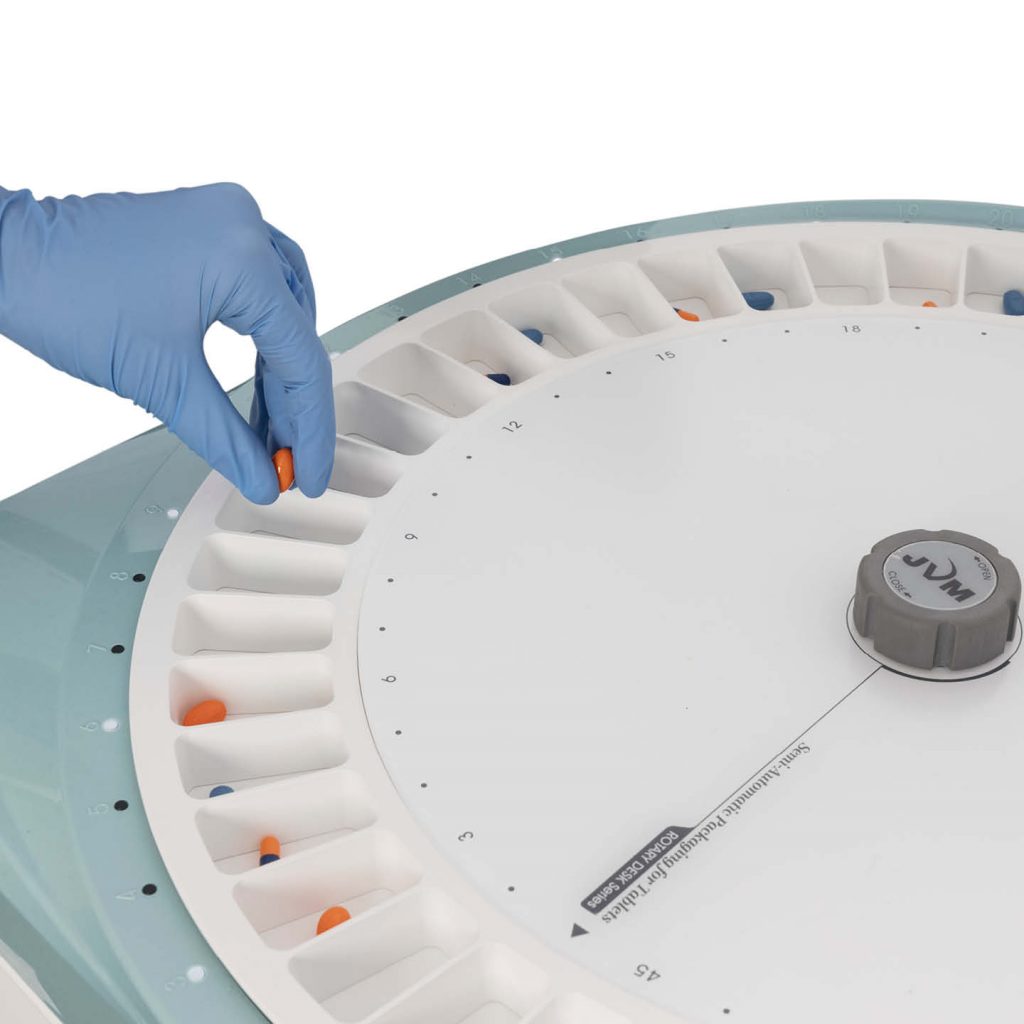What is a Monitored Dosage System?
A Monitored Dosage System (MDS) is a pharmacy service aimed at optimizing the appropriate use of medication by repackaging it into blister or pouch formats. The service enables pharmacists to organize patient medication by day and time according to prescribed doses.
Today there is technology aimed at improving pharmacy care. A series of tech solutions has been developed to automate the MDS preparation process.
What are the reasons for automating your in-pharmacy Monitored Dosage System?
1. Time savings
One of the main problems with a manual MDS is that it is very time-consuming, meaning only a limited number of patients can be covered by the service.
New technologies have enabled the automation of all stages of MDS preparation, from treatment planning to preparation and review, reducing the volume of work for pharmacists and total production time.
2. Minimizes chance of human error
MDS automation minimizes medication errors caused by distractions related to the work environment, guaranteeing patient safety.
All MDS-related information is also computerized so correct preparation can be demonstrated at any time.


3. Strengthens the role of the pharmacist
The automatic MDS service lets pharmacists spend more time with their patients, offering healthcare education programs and ensuring pharmacotherapy follow-up.
Pharmacists can promote pharmacy care while also fostering customer loyalty with a service that improves patient quality of life.
4. Increases pharmacy output
Technology reduces pharmacy workloads and speeds up the MDS preparation process, allowing more patients to be covered by the service. The more patients, the greater the pharmacy output.
5. Scalability of the Monitored Dosage System
There are tech solutions adapted to the needs of all types of pharmacies, regardless of the number of patients signed up to the MDS service.
This makes it possible to scale toward more efficient solutions as pharmacy output increases.
6. Guarantees regulatory compliance
MDS automation promotes compliance with Standard Operating Procedures (SOPs) by logging actions and enabling record-keeping.
